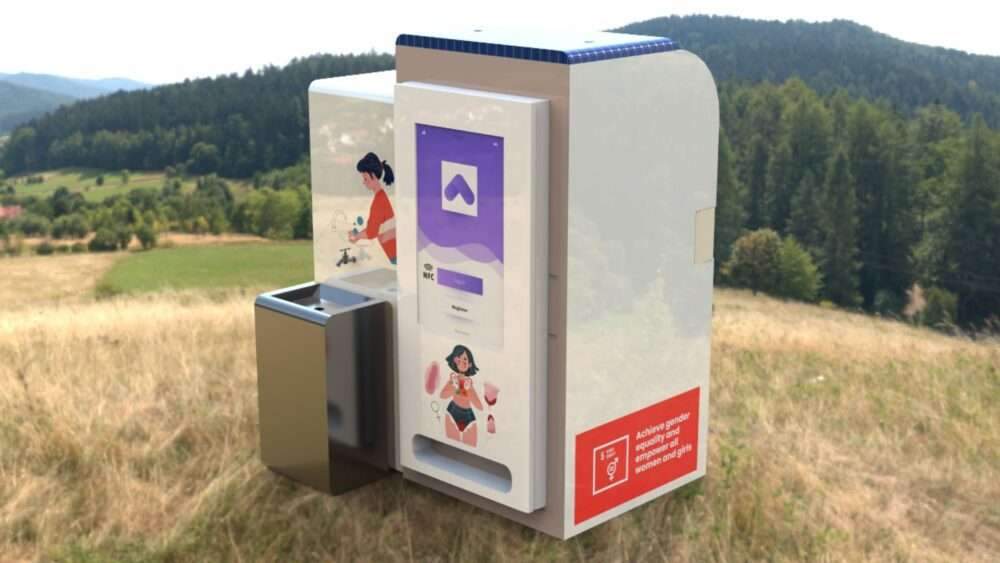Renovation of the Beijing Art Gallery with two trapezoidal volumes to create skylights,
Chinese architecture firm Archstudio has renovated a gallery in Beijing that has two trapezoidal volumes inside,
to create different shapes of skylights to receive natural light.
Design Features
The building covers an area of 880 square meters, and is named after the Bivou Gallery.
It is located in the 798 Art District in Beijing, which was opened in 2009,
and is one of the oldest master paintings in China dedicated to the development of research and development in abstract art.
After more than a decade in operation,
the gallery owner has commissioned Archstudio to renovate the space,
improve its functionality and adapt to future development requirements.
Arts District 798, where the gallery is located,
houses a collection of modern art spaces reused from electronics factories built in the 1950s.

Distinguished from these famous buildings by concrete arched windows in the technical district,
Bivou Gallery is located in an ordinary industrial building – a regular enclosed concrete “box” with high ceilings and weak natural light.
To renovate the gallery, Archstudio’s primary consideration was to meet its functional requirements while giving the space a captivating ambiance and a unique visual identity,
in order to enhance the gallery’s brand image.
Design shape
Building on the existing architectural form and structures, Archstudio has taken the concept of “light suppression” as its design concept.
The design team opened the originally closed ‘box’ to offer multi-layered natural lights,
at the same time reorganizing the ways of circulation, structures and materials,
thus creating a natural, open and efficient space that integrates the functions of art gallery,
reception and office.
Two trapezoidal volumes were added to the street-side façade,
serving as a window to open the ‘box’ outwards.

One serves as an entrance foyer connecting the building to the outside street,
and the other serves as a bay window to bring daylight and street view into the office area.
The foyer is built of fair-faced concrete, and its U-shaped clear glass façade creates a mist and a soft light-like effect,
setting the first impression upon visitors entering the gallery.
This new addition is surrounded by red bricks similar to the old building,
in harmony with the built environment of the surroundings.
Renovation of the Beijing Art Gallery with two trapezoidal volumes to create skylights
The exhibition space brings daylight through several trapezoidal light wells.
The design team removed some of the existing precast concrete roof slabs in the old building,
while at the same time adding linear skylights.
The skylights are linked by sloping walls, forming three trapezoidal light wells of different sizes,
which bring dim natural light into the exhibition halls and the reception space below.
The first floor contains three separate but connected exhibition halls,
and the design team used dense concrete beams to maximize the height of the interior space.

The rib beam section is in the shape of a trapezoid, the lighting membrane is inserted between the beams, adding a soft artificial light source to the exhibition space.
The sloping walls form a trapezoidal reception hall on the second floor, which has been prepared to receive VIP art collectors, and is equipped with a kitchen, bathroom and meeting and entertainment facilities.
Daylight penetrates skylights and spreads downward on the sloping walls, forming a unique ritual reception space.
The fixed furniture in the reception area, reception area and office area is built in concrete with fair facade.
Sintered stone is used as countertops, and the design creates a clear dialogue between the furniture and the space.
For more architectural news






